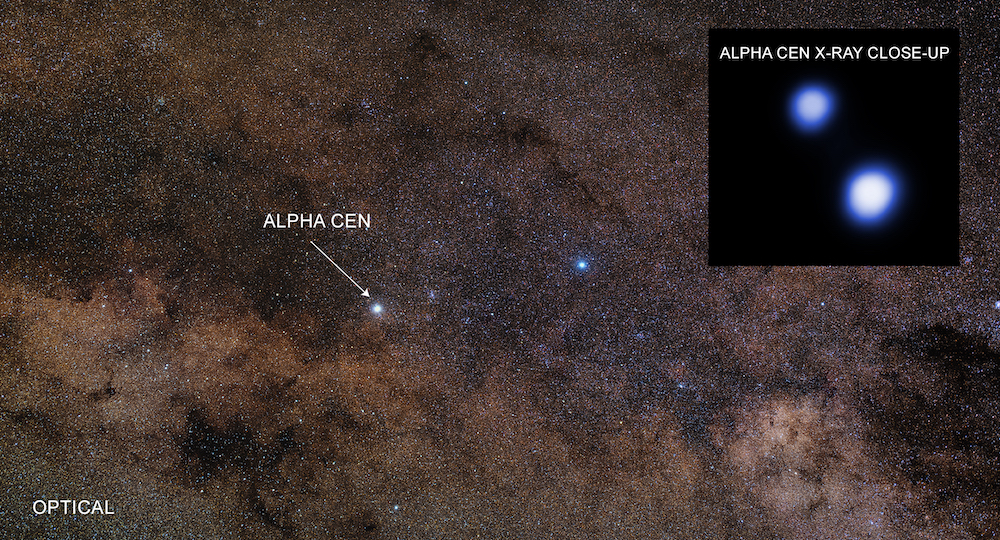In a previous article, I mentioned the fact that an earth-like planet had been observed revolving around our nearest neighbor. This closest star is called Alpha Centauri. When I first read this, my thought was: “Why don’t we run over and take a look?” This thought did not last very long, however.
Alpha Centauri is about four light years away. A light year is defined as the distance light travels in a year. Light moves at 186,000 miles per second! If you take this figure, multiply it by 3000, it will give you miles per hour. Multiply that by 24 and you will have miles in 1 day. Multiply that by 365 and it will be miles per year. If you then multiply by four it will give you the distance to Alpha Centauri in miles. I’m sure you realize by now it is quite a long way!
In comparison, the speed of our fastest space probe is around 11 miles per second. If you perform the same operations with this figure that I outlined above, you can calculate the time required to get to Alpha Centauri in a spaceship. If my calculations are correct, this figure is about 70,000 years!
With our present-day technology, space travel is impossible (except in our own solar system). However, the engines that are used are constantly being improved, and there may be some way to “warp time” as in Star Wars. This reminds me of something. In an episode of Star Wars, Harrison Ford is about to put his spaceship into “warp mode,” and says something like, “Buckle up, we’ll be there in a parsec.” A parsec is a unit of distance, not one of time! I’ve always thought that I should send a letter to George Lucas telling him about this technical error.


